Whether you don’t like the taste of lima beans or are simply looking for something new to add to your favorite meal, finding a suitable substitute for lima beans is not really a challenge.
In this blog post, we will discuss several common substitutes that can be used in place of Lima Beans in recipes and dishes.
Read on to find out which option is best for your needs!
What Are Lima Beans?
Lima beans (Phaseolus lunatus) are an edible legume native to Central and South America.
The seeds of the lima bean plant resemble small, flattened disks with a unique buttery flavor.
Lima beans can be used in a variety of recipes, such as soups, salads, or casseroles.
They are also often cooked in combination with other ingredients such as bacon and onions.
Lima beans have a high nutritional value as they are rich in fiber, protein, iron, magnesium and potassium.
Eating lima beans regularly may provide numerous health benefits including improved digestion, weight loss support, reduced cholesterol levels and lower blood pressure.
Additionally, lima beans contain antioxidants that help protect against cell damage caused by free radicals.
Therefore, they can be a great addition to any healthy diet.
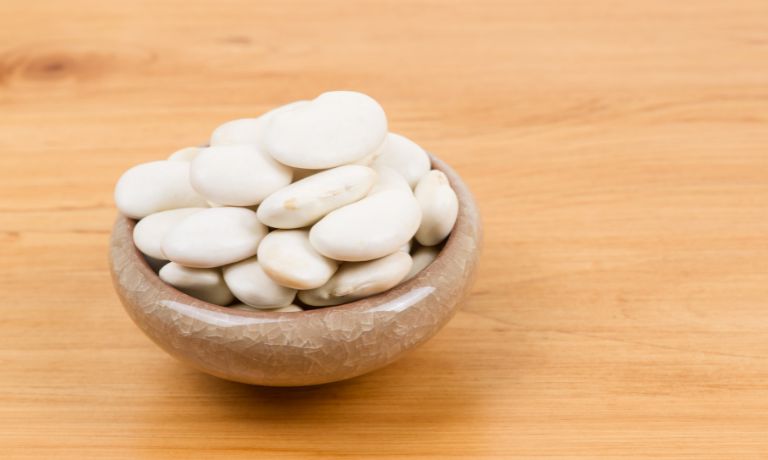
Substitutes For Lima Beans
There are several easy alternatives to lima beans that can help you enjoy the same flavors without having to worry about potential nutritional deficiencies.
Fava Beans
Also known as broad beans, Fava beans are large with a meaty texture and a delicious nutty flavor.
They contain high amounts of protein and fiber, making them great for keeping you full and satisfied.
To prepare Fava beans, simply boil them for five minutes and then drain.
You can add them to soups or stews or use them as a side dish.
Fava beans are a great alternative to Lima beans for those seeking to add some variety to their diet.
They provide more protein and fiber than Lima beans, making them ideal for anyone looking to stay full longer.
Additionally, their nutty flavor is sure to tantalize the taste buds!
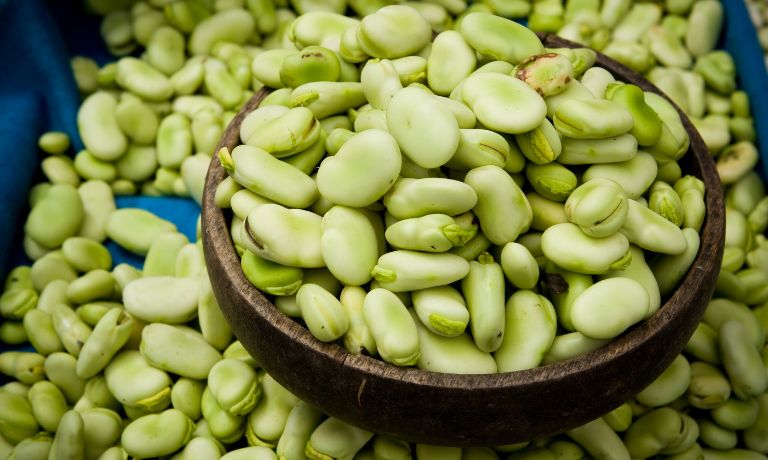
Butter Beans
Butter beans are creamy and smooth with a subtle flavor that complements many dishes.
Like Fava beans, they are also rich in protein and fiber, making them an excellent addition to any diet.
Because Butter beans have a mild flavor compared to Lima beans, they are a good choice if you want to keep the natural flavors of your dish intact.
They also provide fewer calories and fat per serving than Lima beans, making them a healthier alternative.
Butter beans are easier on the digestive system than Lima beans due to their lower fiber content.
All these advantages make replacing Lima beans with Butter beans a smart choice for any recipe!
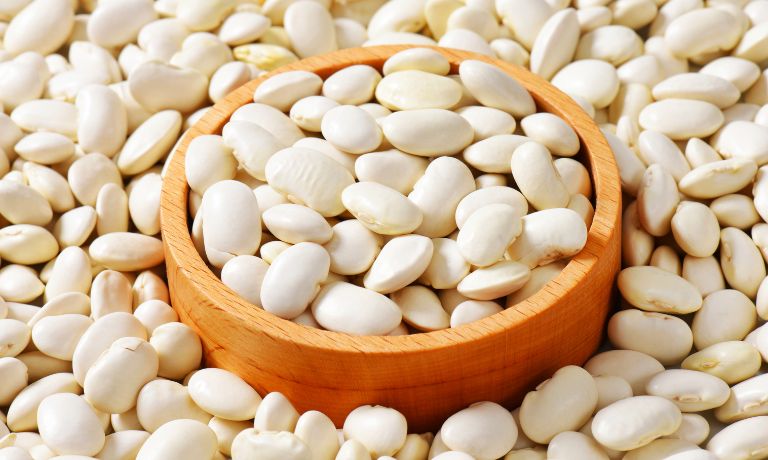
Great Northern Beans
Great Northern beans are small creamy-white beans that are great for soups, stews, and salads.
They have a mild flavor that blends well with other ingredients.
They are also rich in fiber and protein, making them an excellent addition to your diet.
To prepare Great Northern beans, simply soak them overnight and then boil them for an hour or more until they are tender.
They provide a healthier alternative to Lima Beans, while still providing the same great texture and flavor.
They can be substituted in recipes calling for Lima beans, such as salads, side dishes, soups, stews, and casseroles with delicious results.
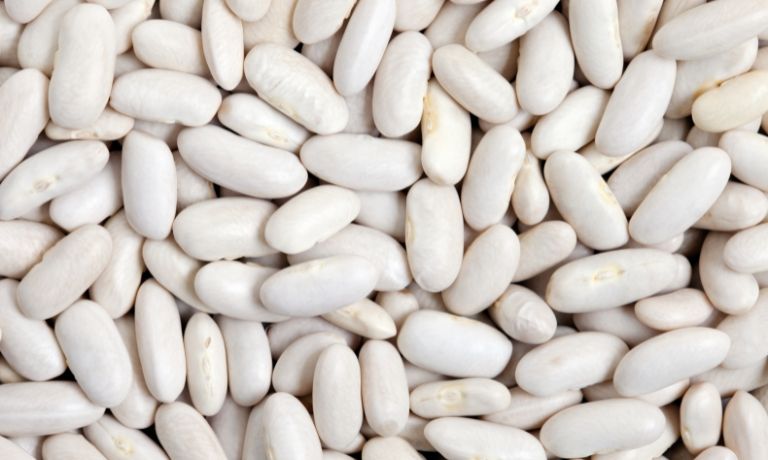
Edamame Beans
Edamame beans are young soybeans that are harvested before they have fully matured.
They are most commonly served as a snack but can also be used in salads, soups, stir-fries, and other dishes.
Edamame beans have a crispy texture and a nutty flavor.
They are also packed with protein, fiber, and other essential nutrients, making them a healthy addition to your diet.

Red Kidney Beans
Red kidney beans are another great option for replacing lima beans, particularly in stews, soups, and chili.
They are larger than Lima beans and have a slightly sweet and nutty taste.
Moreover, red kidney beans contain nutrients, including protein, fiber, iron, and folate.
They are also known for their potential ability to lower cholesterol levels and help with weight management.
When using red kidney beans, soak them overnight and cook them until they are soft.
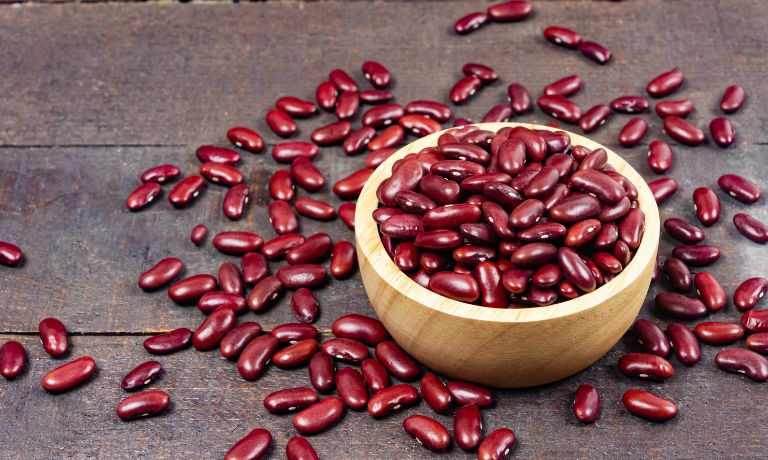
Soybeans
Soybeans are a great alternative to Lima beans and are commonly used in vegan and vegetarian diets.
They are small, round, and come in different colors, including green, yellow, and black.
Soybeans have a subtle nutty flavor and a creamy texture, making them ideal for soups, curries, and dips.
They are also highly nutritious, containing a significant amount of protein, fiber, calcium, iron, and vitamin B12, which is essential for vegans who don’t consume animal products.
Additionally, soybeans are a great source of plant-based omega-3 fatty acids, which can help to reduce inflammation and improve heart health.
In terms of environmental impact, soybeans require less water than Lima beans and have a lower carbon footprint.

Chickpeas
Chickpeas can be used in a variety of dishes, such as hummus, salads, and curries.
They are small, beige-colored, and have a nutty, earthy flavor that pairs well with a range of spices and herbs.
Chickpeas are high in protein, fiber, iron, and magnesium, which make them an excellent plant-based protein source.
Moreover, they are low in fat and calories, making them ideal for those who are watching their weight.
Chickpeas are also a great source of complex carbohydrates, which can help to keep your energy levels up throughout the day.
Additionally, they are a source of minerals and vitamins that can help with reducing cholesterol levels and improving heart health.
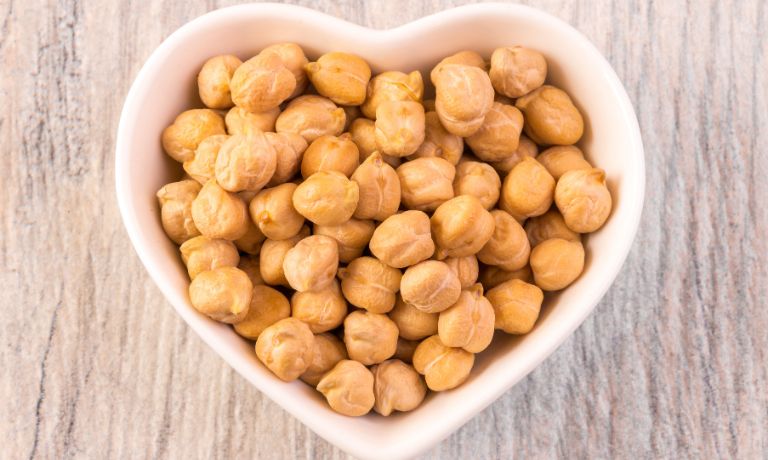
Cannellini Beans
Cannellini beans are a type of white kidney bean that is a common ingredient in Italian cuisine.
They have a creamy texture and mild flavor, making them perfect for substituting in recipes that call for lima beans.
Cannellini beans are a good source of protein, fiber, and iron, which makes them a nutritious alternative.
They can be used in soups, stews, salads, and more.
Compared to lima beans, cannellini beans have fewer carbohydrates and more protein.
Their flavor is also much milder, so they are less likely to overpower a dish.
Additionally, Cannellini Beans cook faster than Lima Beans, making them an ideal substitute for those looking for a quick meal option.
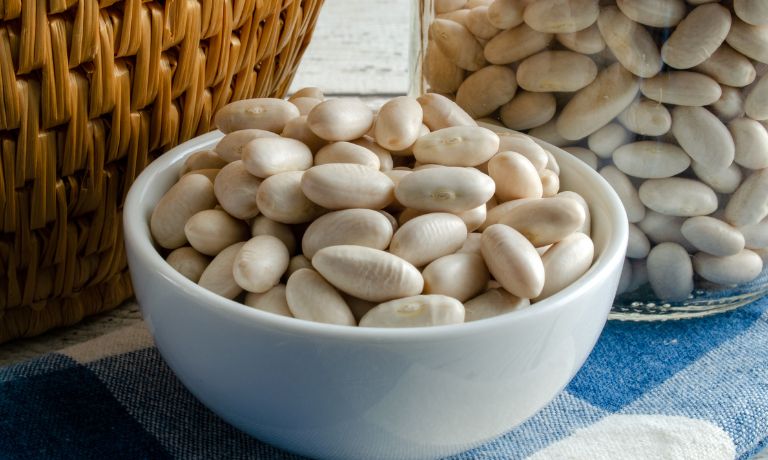
Navy Beans
Navy beans are small, oval-shaped beans with a mild flavor and firm texture.
Like cannellini beans, navy beans are also a good source of protein, fiber, and iron.
They are a popular ingredient in baked beans and can be used in soups and stews as well.
Navy beans are also versatile in many other dishes, including chili and salads.
Navy beans are known to be more flavorful and have a firmer texture than Lima beans, making them ideal for dishes that require more robust flavors.
Additionally, navy beans are also packed with essential nutrients such as phosphorus, potassium, magnesium, zinc, and calcium.
These nutrients help support healthy bones and muscles while providing your body with energy.
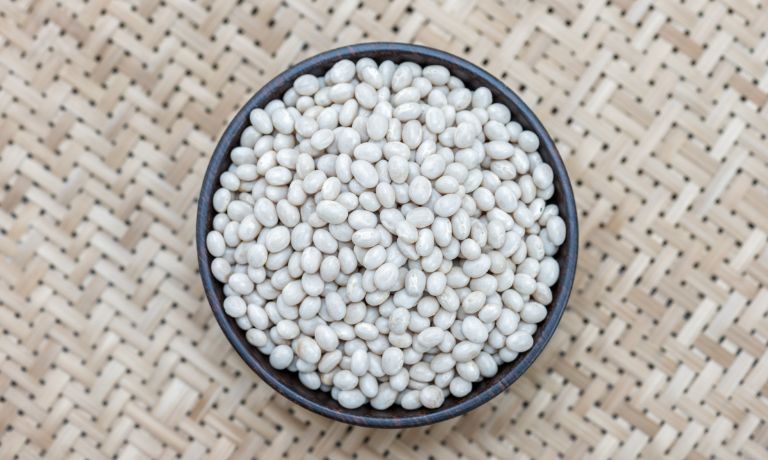
FAQs
How Long Do You Need To Soak Your Lima Beans Before Cooking Them?
Lima beans should be soaked for at least 8 hours before cooking.
This helps to reduce cooking time and improve the texture of your dish.
How Do You Store Your Substitute For Lima Beans?
You can store these ingredients in the pantry or refrigerator, depending on when you plan to use them.
For longer storage, it is best to freeze them in airtight containers to preserve their freshness.
What Is The Best Way To Cook Lima Beans?
The best way to cook lima beans is by boiling them in water for 30-45 minutes.
Be sure to add salt and other seasonings as desired to enhance the flavor of your dish.
You can also bake, roast, or sauté lima beans depending on the recipe you are making.
Conclusion
While lima beans are a common ingredient in many recipes, they are not the only option.
Cannellini beans, navy beans, soybeans, and chickpeas are all delicious options that can substitute for lima beans in a variety of dishes.
Whether you’re looking for a change of pace or have developed an aversion to lima beans, these alternatives offer a great way to keep your meals interesting and nutritious.
So go ahead and experiment with these delicious beans and discover new flavors and textures in your everyday dishes.

